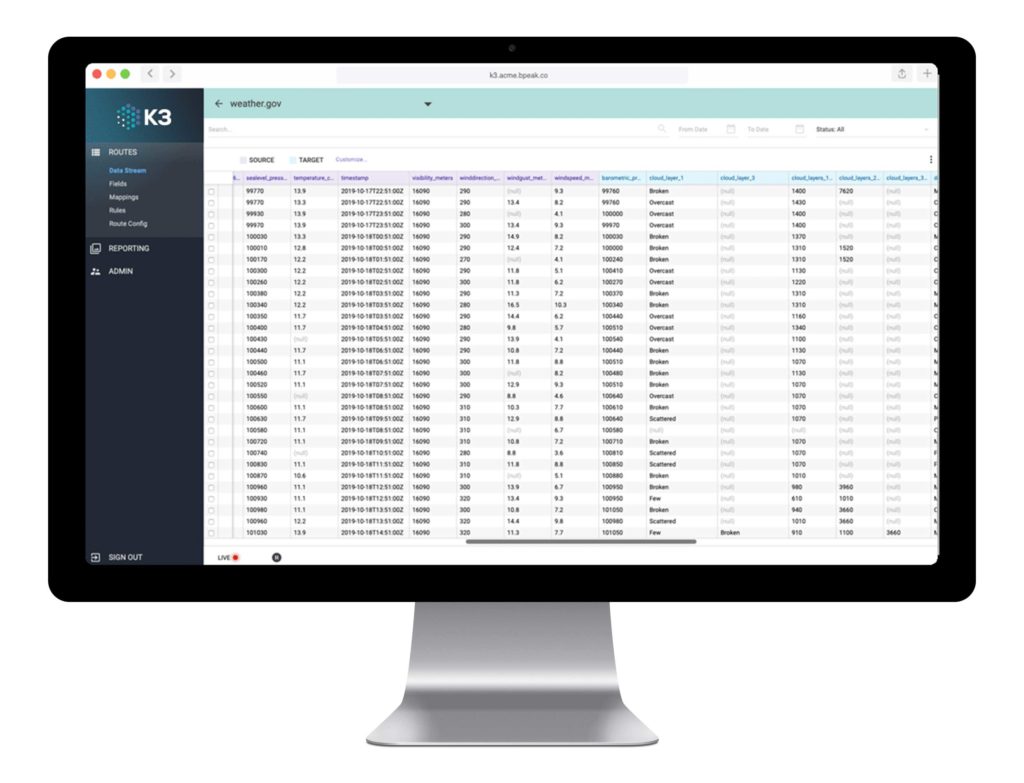There’s no question that Service-Oriented Architecture (SOA) changed the paradigm of software design and data integration when the term was first coined. With SOA, architecture in software services became less monolithic, allowing for service sharing in a more interoperable environment, while each component worked independently.
Yet SOA as an idea first emerged in the 20th-century—what are the advantages of using SOA architecture today, if any?
What is SOA?
When the SOA architecture manifesto debuted in 2009, developers were immediately drawn to the ideas of “intrinsict operability, shared services,” and “evolutionary refinement,” all listed as hallmarks of SOA design. For corporate leaders, SOA’s ”business value over technical strategy” mission spurred the adoption of Service-Oriented Architecture company-wide.
For corporate leaders, SOA’s ”business value over technical strategy” mission spurred the adoption of Service-Oriented Architecture company-wide.
The SOA design method prioritizes establishing a common protocol of communication standards, which allows flexible application development without the deep integrations required in previous architectures. A service bus mediates between applications and their data repository, creating continuity in SOA architecture examples.
Is SOA Still Relevant?
The state of application development has advanced considerably since 2009’s SOA architecture manifesto. Has SOA as a design paradigm kept pace?
SOA can be used with or without cloud services, for instance—yet integrating cloud services into a pre-existing architecture is often more difficult than starting from scratch. And while there’s some overlap between the principles of SaaS architecture and SOA, SaaS applications typically have access to more software resources.
The state of application development has advanced considerably since 2009’s SOA architecture manifesto. Has SOA as a design paradigm kept pace?
In short, SOA has its relevance as a tactical deployment, rather than a strategic one. There are instances where IT teams prefer SOA as an effective, low-cost solution.
For other cases, leveraging the power of SOA architecture is often more costly and buggier than more modern alternatives.
Microservices Architecture Vs SOA
Microservices—small, autonomous services deployed independently and accessed via APIs—make for a strong alternative to SOA architecture. Other alternatives include:
- Web Services
- Message Brokers (Message Queues)
- RESTful Services
SOA Solutions With K3
K3 ETL tools are SOA Agnostic. Our data transformation tools work just as well with a message bus as they do with point-to-point integrations.
The SOA manifesto emphasizes “Flexibility over optimization” in design. With K3, you get both—a full range of connectors to work with your setup, and low-code ETL tools designed to get your data where it belongs.
Schedule a demo below. Whether you’re using SOA, microservices, or legacy applications, we’ll make your data goals a reality.


Request a Demo
K3 Guide
Navigating the pathway to surfacing and making useful data from a myriad of sources can be daunting. Our K3 Guide is here to share best practices, objective insights and modern approaches to solving modern data prep and integration challenges.






